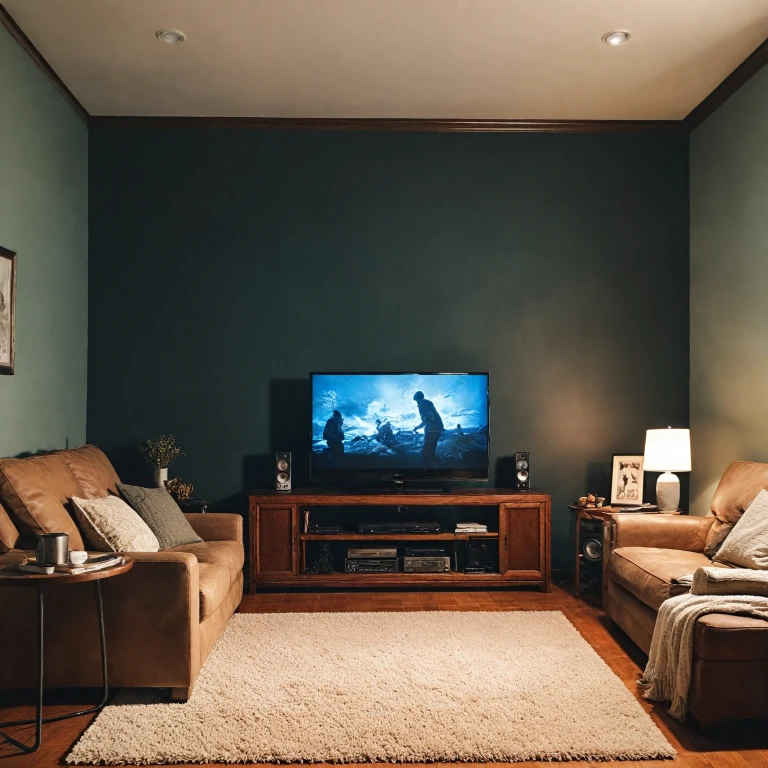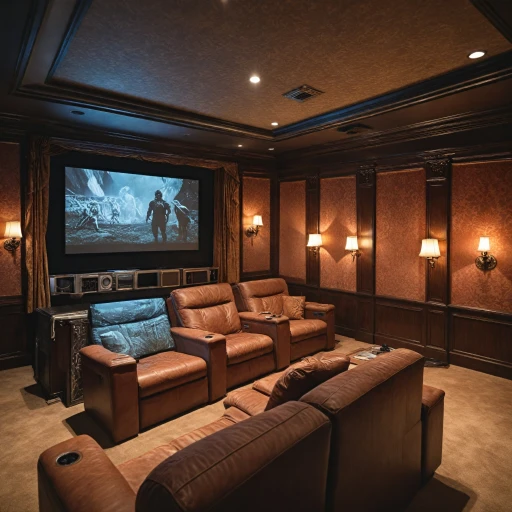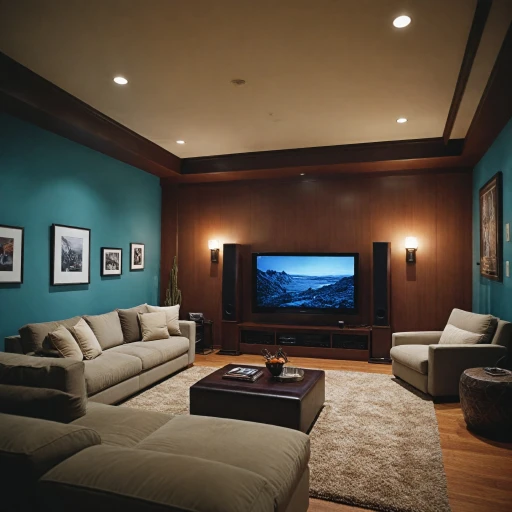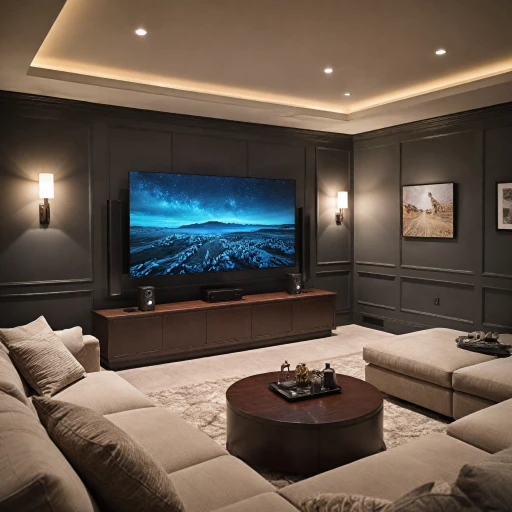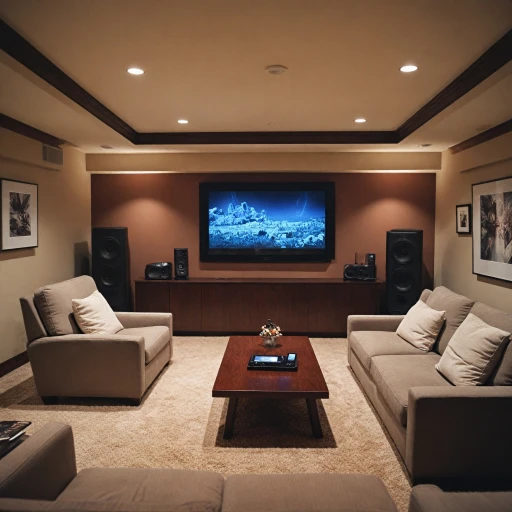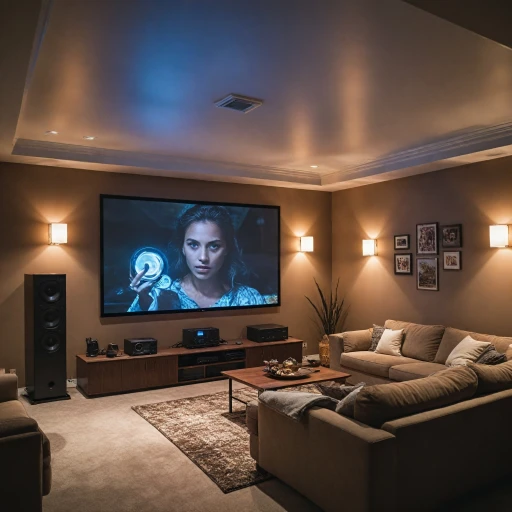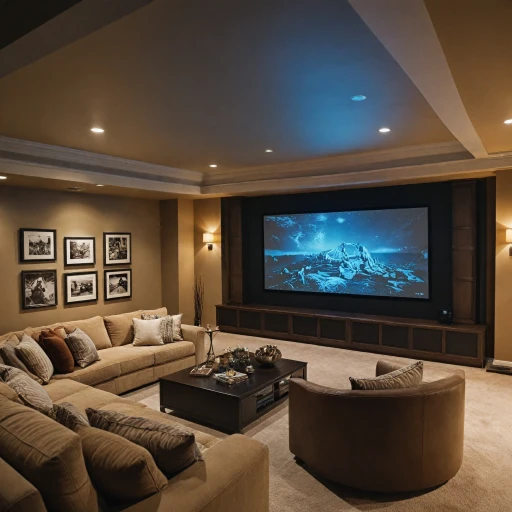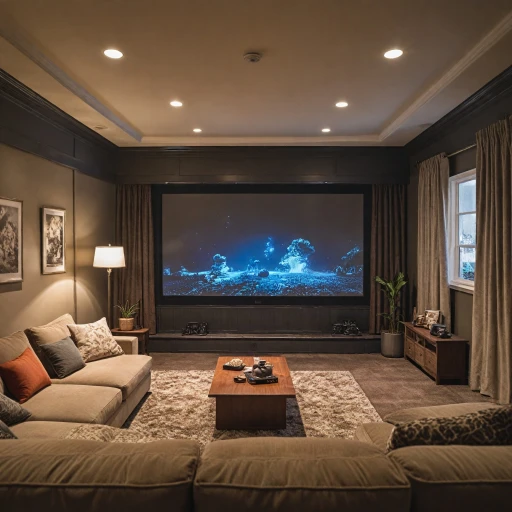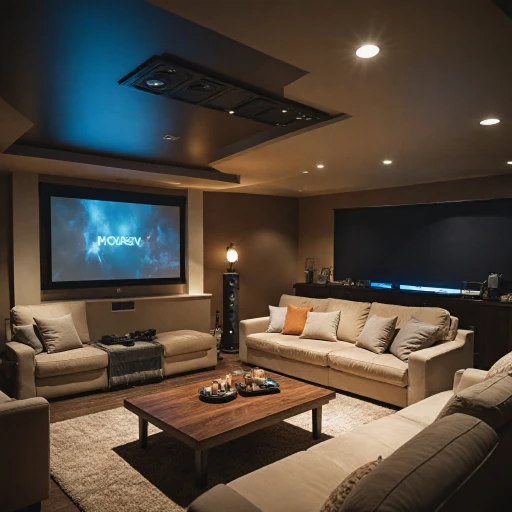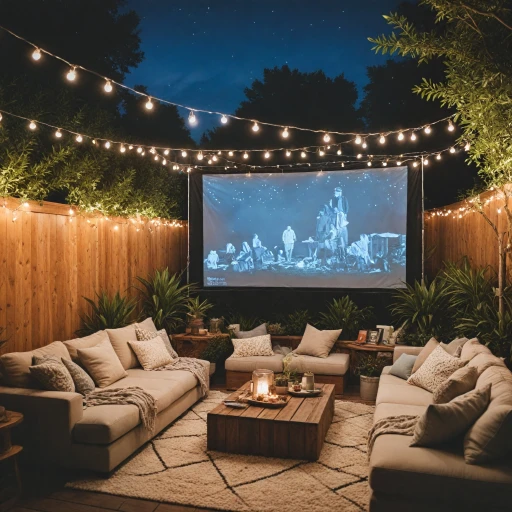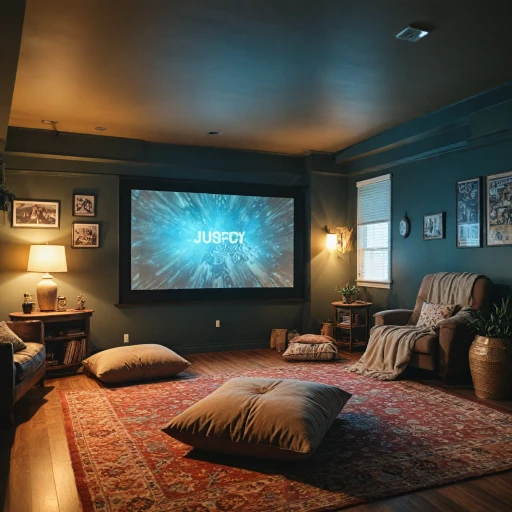
Understanding the Basics of RCA and HDMI Connections
Exploring RCA and HDMI: The Basics
When setting up a home theater, understanding the differences between RCA and HDMI connections is crucial. RCA, short for Radio Corporation of America, is a type of cable that has been around for decades. It typically uses three connectors: red and white for audio, and yellow for composite video. HDMI, or High-Definition Multimedia Interface, is a more modern connection that transmits both video and audio through a single cable, offering superior quality.
RCA cables are often found in older devices like VHS VCRs, while HDMI is the standard for newer equipment. The transition from RCA to HDMI can be challenging, especially if you're trying to integrate older devices with modern projectors. This is where an RCA to HDMI converter becomes essential.
Key Differences and Compatibility
- Video and Audio Quality: HDMI provides high-definition video and audio, whereas RCA is limited to standard definition.
- Connection Type: HDMI uses a single cable for both audio and video, while RCA requires separate cables for each.
- Compatibility: HDMI is compatible with most modern devices, whereas RCA is typically used with older equipment.
Understanding these differences will help you make informed decisions when setting up your home theater. In the next sections, we'll delve into why an RCA to HDMI converter is necessary and how to choose the right one for your setup.
Why You Need an RCA to HDMI Converter for Your Projector
Why Make the Switch to an RCA to HDMI Converter?
In the realm of home theater systems, maintaining compatibility among different components is crucial. Many older devices, like VHS VCRs, still use RCA outputs, which modern projectors often don't support. That's where an RCA to HDMI converter comes in handy, providing a seamless connection between older RCA devices and new HDMI inputs.
An RCA to HDMI converter is especially useful for those looking to enjoy the nostalgia of older video content alongside today's high-definition formats. This converter simplifies the process by bridging the gap between composite video (RCA) and the digital clarity of HDMI.
Benefits of Using an RCA to HDMI Converter
- Enhanced Quality: The converter adapter can boost the quality of video and audio, offering a clear and crisp viewing experience even for older video formats.
- Versatile Connections: These adapters support various connections, whether it's a male RCA to a female HDMI, or vice versa, making it easy to integrate into your existing setup.
- Audio Inclusion: RCA to HDMI converters often include both video and audio outputs, ensuring you don't miss out on sound quality when converting.
- Ease of Use: With options for USB power, these converters are straightforward to install and use, often coming with free shipping and support from the best brands in the market.
Converting RCA to HDMI might seem like a small step, but it can greatly impact your overall home theater experience. By enabling compatibility between various devices, an HDMI converter ensures that your cherished video library stands the test of time.
Choosing the Right RCA to HDMI Converter
Navigating the Landscape of HDMI Converters
Selecting the best RCA to HDMI converter for your home theater is a critical step towards ensuring high-quality video and audio output. When diving into the plethora of options available, it's essential to focus on functionality, compatibility, and reliability.
Firstly, compatibility is a priority. You'll need to ascertain that the converter supports both your RCA and HDMI devices. Check that the RCA inputs can handle your video and audio requirements, whether it's for a VHS VCR or a gaming console. Ensure the HDMI output is compatible with your projector's HDMI port, providing seamless connectivity.
Moreover, consider the power requirements of the converter. Some models offer a direct USB power option, which can be quite convenient if you're dealing with limited power outlets. However, converters requiring a dedicated power source could potentially offer better performance, particularly for complex audio video setups.
Reading user reviews can provide valuable insights into the reliability and durability of different brands. Opt for brands that maintain a reputation for high quality and customer satisfaction. Also, consider converters with free shipping options as a cost-saving measure.
Another crucial factor involves the choice between male and female connectors. Depending on the existing configuration of your cables and devices, you might need an adapter cable, such as a female HDMI to male RCA adapter, or vice versa. Understanding these small details can prevent frustration during installation.
Features like video processing capabilities such as upscaling can also enhance the viewing experience, transforming standard RCA video into a near-HD quality presentation on your HDMI projector. Confirm that the converter supports both video and audio signals efficiently so that nothing is lost in translation.
Ultimately, choosing the right RCA to HDMI converter requires balancing price with features and compatibility. By taking into account these key aspects, you can ensure a smooth integration into your home theater setup, paving the way for an outstanding entertainment experience.
Installation Tips for RCA to HDMI Converters
Ensuring a Smooth Installation Process
Installing an RCA to HDMI converter might seem daunting at first, but by following a few simple tips, you can seamlessly integrate it into your home theater setup. Here's how:
- Check Compatibility: Before anything else, ensure that your devices are compatible with the converter. This includes verifying if your projector and other components accept the RCA composite video connections and HDMI outputs. Investing in a well-reviewed hdmi converter model that supports these features is crucial.
- Gather Necessary Components: Make sure you have all the required cables and adapters, like an hdmi cable, rca composite cables, and the necessary power adapters. Some converters might offer plug-and-play convenience, whereas others may need additional power via a usb plug or external power source.
- Follow Manufacturer Instructions: Adhering to the instructions provided by the converter’s brand can prevent setup errors. Ensure all connections, whether from rca female to female hdmi or composite cvbs to HDMI, are secure and properly hooked up.
- Test the Setup: Connect the video audio sources and perform a test to ensure your adapter cable is functioning correctly. If you’re connecting older devices like a VHS VCR, double-check that the video and audio signals transport smoothly.
Lastly, always make a note of any warranties or free shipping offers when purchasing new converter products. These deals might help you in case you need replacements or repairs in the future.
Troubleshooting Common Issues with RCA to HDMI Converters
Troubleshooting Basics for RCA to HDMI Converters
When using an RCA to HDMI converter, occasional issues can arise, disrupting your home theater experience. Here are some key troubleshooting steps to ensure smooth operation:
- Check Connections: Ensure all cables are correctly connected. A loose RCA cable or HDMI cable can result in audio or video loss. Double-check the male and female connectors; RCA for older devices and HDMI for newer displays, like projectors and TVs.
- Power Source Inspection: Many converters require external power via USB or an included power adapter. Ensure the power cable is connected, and the converter is receiving adequate power. A lack of power can lead to a non-functional converter.
- Input and Output Settings: Verify that the input and output settings on the converter, projector, and any intermediate devices like a VCR, are correctly set. Selecting incorrect inputs or outputs can result in no signal.
- Signal Type Compatibility: Some converters might not support certain resolutions or signal types. Ensure your converter supports composite video (CVBS) and the resolution your device outputs.
- Cable Quality: Using high-quality cables can prevent common issues, such as signal degradation. Ensure your cables, whether RCA composite or HDMI, are of good quality. Consider investing in trusted brands for better performance.
- Replace Adapter: If your converter or adapter is malfunctioning, replacing it might be necessary. Look for options with free shipping and customer satisfaction reviews to ensure reliable service.
By carefully following these steps, you can address most common issues with your RCA to HDMI converter, ensuring the seamless delivery of audio and video to your home theater system. Remember, patience and precision can often be the best tools in troubleshooting.
Maximizing Your Home Theater Experience
Optimizing Your Home Theater Setup for an Unmatched Experience
Maximizing your home theater experience involves more than just connecting cables and powering up your devices. Make sure to use high-quality HDMI and RCA cables for seamless video and audio transmission. This reduces signal loss, ensuring that you enjoy the full richness of your media content. Here are some key tips to enhance your setup:- Cable Management: Organize your cables to avoid entanglement. An organized setup not only looks neat but can also prevent potential signal interference.
- Regular Maintenance: Regularly check on your connections and cables for wear and tear. Replacing old adapters or cables can prevent future interruptions in your viewing sessions.
- Room Setup: Position your projector and screen correctly to eliminate glare and shadows, creating the perfect viewing environment. Ensure your home theater components, such as speakers and projectors, are optimally placed for balanced audio and video output.
- Power Concerns: Use a reliable power source to prevent electrical fluctuations that can cause damage to your projector or converter adapter.
